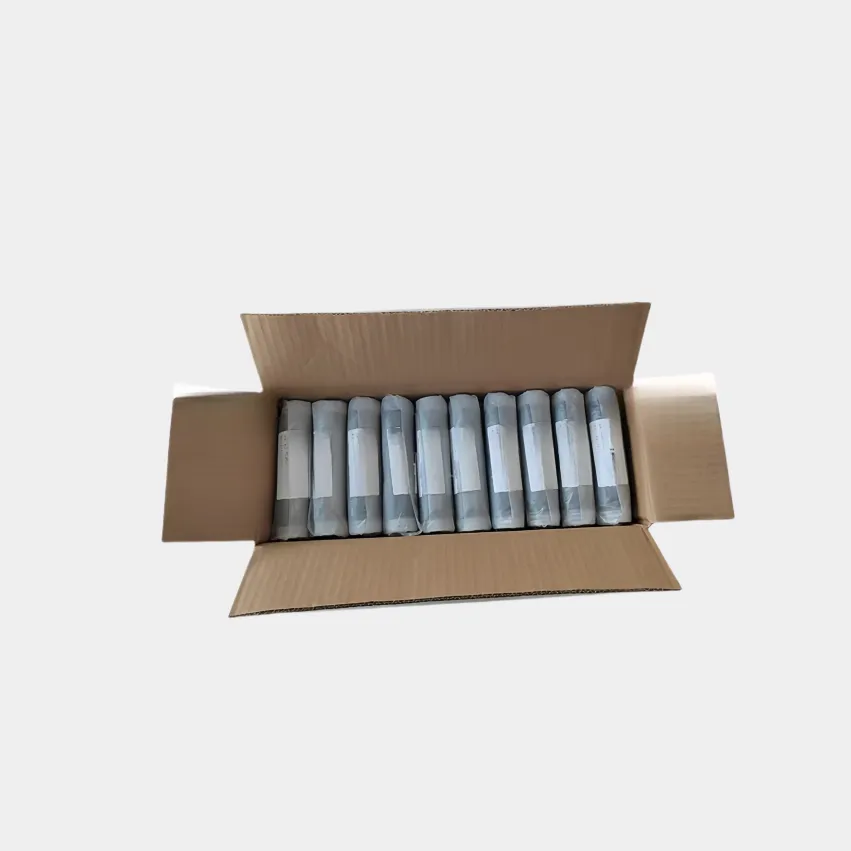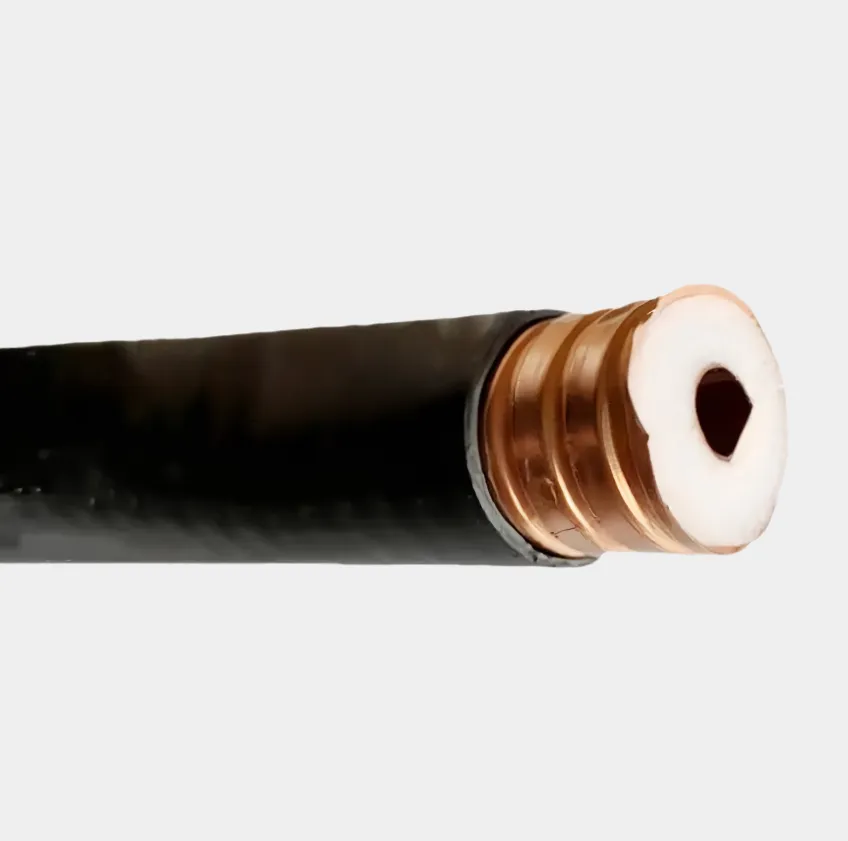A coaxial cable consists of several key components, each contributing to its ability to transmit high frequency signals with minimal loss. At the core is the center conductor, typically made of copper (solid or stranded) or copper clad steel. Copper is preferred for its excellent electrical conductivity, ensuring efficient signal transmission, while copper clad steel offers a balance of conductivity and strength, reducing cost. Surrounding the center conductor is the dielectric insulator, which maintains a consistent distance between the conductor and the outer shielding to prevent signal leakage. Materials for the dielectric include polyethylene (solid or foam), polypropylene, or Teflon; foam polyethylene is common in high frequency cables (like 5G feeders) due to its low dielectric constant, minimizing signal loss. The next layer is the shielding, which blocks electromagnetic interference (EMI) from external sources and prevents the cable’s signal from interfering with other devices. Shielding can be a single layer of aluminum foil, a braided mesh of copper or aluminum, or a combination of both—multi layer shielding, as in Hebei Mailing’s durable cables, enhances EMI protection. The outermost layer is the jacket (or sheath), made of PVC, polyethylene, or rubber, which protects the internal components from physical damage, moisture, and environmental factors. For example, PVC jackets (used in Hebei Mailing’s KC97 and KC80 products) offer good flexibility and resistance to chemicals, making them suitable for both indoor and outdoor use. Together, these materials work in tandem to ensure the cable’s performance, durability, and reliability in communication systems.


